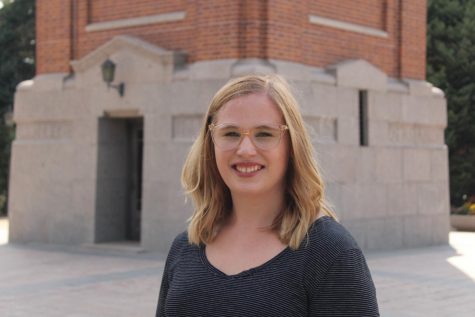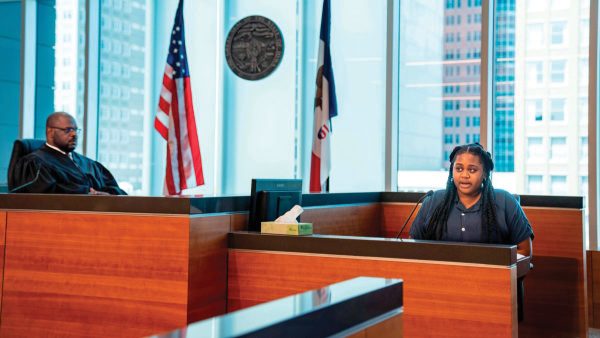Falling enrollment a challenge, and not just for UNI
With enrollment taking a hit, departments are being impacted from the enrollment rates.
Nov 29, 2021
Editors Note: Glenn Gray is a tenured university administrator with over 35 years of experience in higher education including 19 years of service as a chief housing officer.
This article was originally published in The Courier Oct. 18, 2020.
Andrew Wind’s Sept. 4 article in The Courier details an enrollment drop at the University of Northern Iowa amid COVID-19 concerns, pointing to the fact UNI is struggling, and this struggle impacts our Cedar Valley Community.
Mark Nook began serving as the 11th president of University of Northern Iowa on Feb. 1, 2017, when fall 2017 enrollment was reportedly 11,907 students. UNI has since reported a 20% decline in enrollment, a drop of 2,385 students. Enrollment fell 695 students in fall 2018, 715 students in fall 2019, and 975 students in fall 2020. This ongoing trend indicates enrollment at UNI will likely be under 9,000 students in fall 2021 – at an enterprise designed, and financed, and staffed to serve over 13,000 students.
To add insult to injury, UNI has a history of reporting inflated enrollments. In September 2017, whistleblower information divulged that UNI had been over-reporting enrollments for years. Students who registered to attend UNI, but withdrew prior to official enrollment census dates, were being counted in enrollments and factored into the cost of attendance – a practice one senior administrator described as “deceptive.” In November 2017, Iowa Board of Regents staff directed all three regent universities to stop over-reporting enrollments. Data related to enrollments, cost of attendance, and institutional finances is available in annual reports maintained on the regents website, and in annual reports provided by the Iowa State Auditor’s Office. However, inflated enrollments and their impact on the cost of attendance have never been corrected in institutional, state and federal reports.
It is imperative that we have access to accurate data relative to our colleges and universities. Approximately 7,000 post-secondary education institutions in the United States, including our three state universities, report data related to enrollments, retention and graduation rates, cost of attendance, faculty and staff, and institutional finances to the Integrated Postsecondary Education Data System. The data is then used at the federal and state level for policy analysis and development, at the institutional level for benchmarking and peer analysis, and by students and parents to aid in the college search process. These data are also used by legislators to determine the amount of money states spend on higher education, and by city administrators, private business owners, and those in the property development and housing markets.
University administrators have known for a long time that there are many reasons for the anticipated ebb and flow of enrollments from year-to-year and decade-to-decade. Influential factors include high school graduation projections, the economy and unemployment rates, the cost of attendance and the amount of financial assistance available to students, academic offerings and their relevance to emerging (and dying) career trends, the performance of costly athletic programs, and yes, even pandemics, climate crises and crime rates. It is the responsibility of university leadership to plan for these factors and to manage their potential impact on enrollment, the cost of attendance, operating budgets, faculty and staff jobs, and the university-community nexus.
As a public, comprehensive land-grant university, UNI can grow enrollment and better serve Iowans by way of cost. It is more expensive to attend UNI than it is to attend Iowa’s flagship research universities (the University of Iowa and Iowa State University). Unfortunately, many first-generation, economically disadvantaged and marginalized students may not be able to afford UNI, and may not be accepted into Iowa or ISU – which some may perceive as the indirect and unintentional outcome of systemic discrimination.
Declining university enrollments, escalating taxpayer costs, growing student/parent debt, and the impact on communities within which universities are located is not unique to UNI and the Cedar Valley. As Nook stated in Wind’s article, “Like all universities, we know we have our work cut out for us.”
Speaking as a first-generation economically disadvantaged college graduate, a father of three children who are college graduates, a professional with 35 years of service in higher education, a former UNI employee, and a Cedar Falls community member, we must collectively champion a more transparent, inclusive, innovative, and collaborative effort to mitigate the challenges declining enrollments are having on our university, the students and families our university serves, and our community.



















